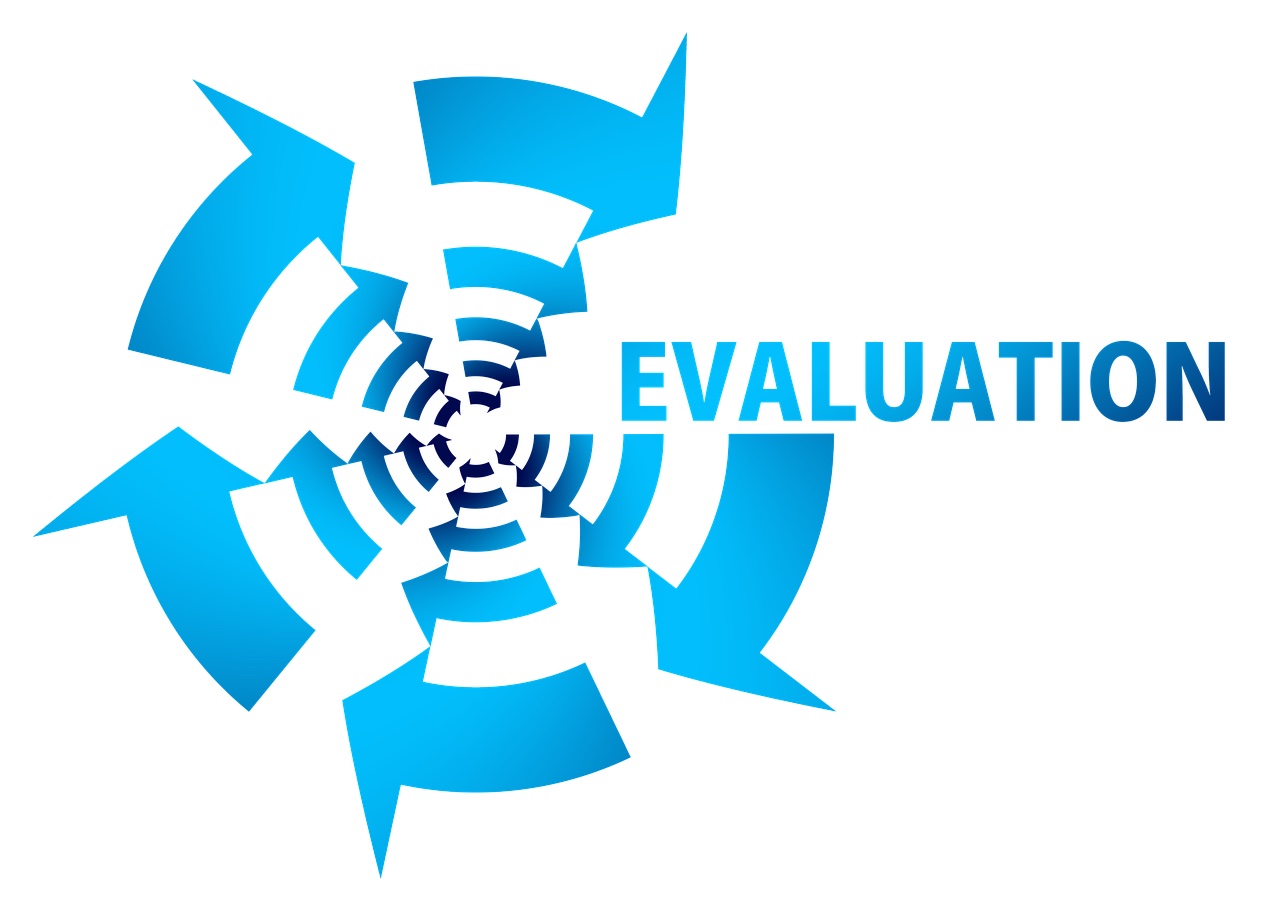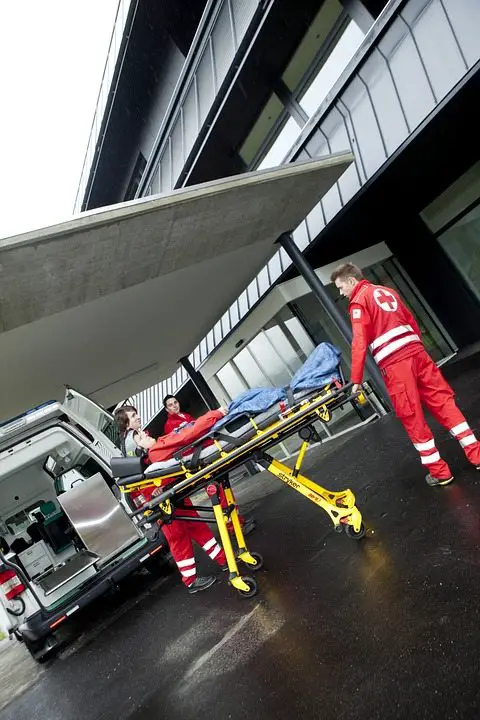
Radiology residents can expect disagreement with a nurse, fellow resident, or attending on any given night. Due to lack of sleep, tempers flare, and we magnify minor problems into large ones. Ultimately, we mostly accommodate our colleagues and perform the study they request as we should! Sometimes, however, saying no at nighttime can be one of the most important yet challenging responsibilities of a radiologist on call that we need to learn. We don’t want to offend our colleagues’ sensibilities or upset the attendings of other clinical services. And we want to ensure that we complete studies promptly to increase ER turnover. Yet, there is a time in all radiologists’ careers when the right thing to do is say no.
But, at what point should you say no, I won’t comply with your request? Let’s explore this issue of when to say no at nighttime. We will discuss some of the most common circumstances for the radiologist to refuse a request appropriately. For each case, we will discuss how you should proceed instead.
Studies That Would Cause Undue Patient Risks
Out of all the reasons to refuse a study, most importantly, we must ensure that we comply with the Hippocratic oath, “First do no harm.” This oath is priority number one. For all of us, a time will come when a resident or attending will ask us to perform a study or procedure that can potentially harm the patient. It could be an unnecessary CT scan on a pregnant woman or a biopsy on a patient with an elevated INR. As a physician, we need to prevent these procedures from getting completed. It is our first and foremost responsibility.
So, how do we stop a study when attendings or residents apply crushing pressure to perform the exam? First, we need to elaborate on the data behind why such a study would harm the patient. And then, most importantly, we need to do it in a way that does not demean or upset the physician. This technique is where the art and science of medicine meet in the middle.
Procedures That Would Jeopardize Your Safety
Not only do we have a responsibility to our patients. But also, we have a responsibility to maintain our safety. To take care of others, one must take care of oneself. So, to put yourself in significant danger, simply put, clearly does not meet the sniff test of practicing good medicine. The test could involve putting yourself in harm’s way with a combative patient or exposing yourself to undue radiation. Make sure to think about your situation first before going ahead.
How do you decide if the procedure would affect your safety for you to say no at nighttime? Always think about the potential consequences of a worst-case scenario. If you can think of a situation when you can get seriously injured from a study, it is probably not the best idea to complete the procedure.
Interpretations Or Procedures That Need An Attending
Sometimes we should not complete a test or procedure unless an attending can be present. You may be able to perform the exam adeptly. But, it is not in your best interest to complete the study for legal or ethical reasons.
How do you judge if the study may not qualify as a resident’s domain? If the procedure can result in significant harm unless performed by the appropriate personnel or a protocol establishes that a resident should not complete the study, hold off and call your attending. Let’s give you an example, such as a brain death study. Although easily interpreted by a resident many times, the consequences of “missing” can result in severe harm. Additionally, many programs have protocols for attendings to read this examination.
Inadequate Resources
This one may seem pretty obvious. However, we should not promise to complete a test if we don’t have the capability of finishing it. Often, residents unknowingly will offer a solution to a problem that may not exist in your institution. Or the institution cannot obtain the resources on the night of your call. For instance, you may promise the clinician that you can perform a V/Q scan, not realizing that the agents are in short supply. Unfortunately, this disrupts management, the timing of testing, and the formation of a patient’s final disposition. So, always make sure to check that you can complete a test before you allow the order. And, make sure to let the ordering doc know!
Nondiagnostic Studies
Occasionally, you find an adamant clinician or resident who demands the immediate performance of a test that will not assist in making a diagnosis. In a huff, these folks can propel you down the wrong road. In this situation, it pays to push back a bit. How? Data is your friend. Perhaps, the clinician insists they need a bleeding scan when the patient has a very slow bleed. Calmly, you need to explain why the test would not change the patient’s situation or add any additional significant information. Usually, the ordering physician will comply.
Things That Take Up Too Much of Your Time At the Expense of Patient Care
Often, students, residents, or even faculty will ask for assistance on all sorts of studies they may need help interpreting. However, your time can be minimal. A typical example: A resident asks for a reinterpretation of a cancer workup performed six months ago. Now, it may be essential to perform at some point. But, if you have 20 trauma cases that you still have not read, is it the correct decision to look at this sort of study? Probably not. So, politely tell the resident your situation. Trust me. This physician will go away and let you interpret your STAT cases.
Repeating Similar Previous Studies Without Good Reason
Finally, it is not uncommon to find orders for a repeat CT scan or fluoroscopic study after someone has recently performed it. Clinicians sometimes make errors in unknowingly repeating studies. I can’t tell you how many times this has happened. As radiologists, we are responsible for checking and finding out if these studies are indeed warranted. Again, you must calmly and politely let the ordering clinician know if this is the case.
Final Thoughts About Saying No At Nighttime
Saying no can take real guts when you are not the “authority.” But, when to say no at nighttime needs to be learned by all residents. It can be an art as well as a science. And the lessons stay with you for the rest of your career. So, if the situation arises that you need to say no at nighttime and it can affect patient care, respond gently and with the data to prove your point. The rewards of saying no can be immense.














